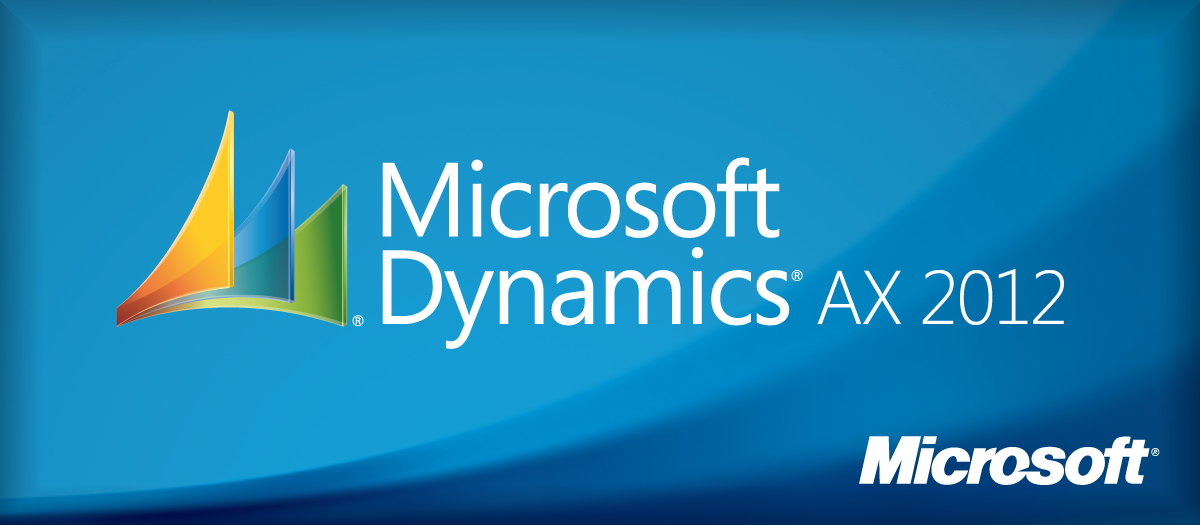Most of the enterprises are already aware of Microsoft Dynamics AX7 being entirely a cloud-based solution from now onwards, and it being renamed to Microsoft Dynamics AX. After going through minor feature changes and various name changes like Microsoft Dynamics AX7, Rainier, AX 2015, Dynamics AX7, the latest release in the series – the ‘Microsoft Dynamics AX’ (Dynamics AX – in the article), the enterprise resource planning solution has now stabilized as an independent cloud-based platform in itself.
Enterprises that are using legacy AX systems that are still hosted on-premises can easily move to cloud by migrating to Dynamics AX. This platform has been specially designed to deploy comprehensive apps that cover the CRM, Power BI, and ISV app functionalities.
Microsoft is keen on positioning Dynamics 365 as its specialized offering that merges ERP and CRM on cloud. Microsoft Dynamics AX is also called Dynamics 365 for Operations. It is important to note that at present, it only functions on cloud. The on-premise version might be rolled out depending on the importance that Microsoft attaches to its cloud-first policy.
Let us have a look at the most alluring features of Dynamics AX:
- Ergonomic user experience leading to faster decision making
The applications comprising the ERP and CRM solutions have shunned the earlier crudeness of employee-facing apps that have a basic UI and are designed more ergonomically so that most of them are hard to distinguish from consumer facing apps. This enables better data visualization and helps in faster decision making in the areas of project management and planning, marketing, and HR and accounting related tasks. - Ease of implementation and management
The tools provided by Dynamics AX offer greater collaboration opportunities across various operational departments. The supporting information about a particular task (such as invoice generation) is available in the sidebar, which fetches information from the system-wide database (the man-hours worked, materials sourced, etc.).Role based access to such information ensures that the management provided by Dynamics AX pays due attention to the security of confidential data. - Intelligent system
As mentioned above, intuitive workspaces offer inter-departmental visibility making it very easy to collaborate on a task/project. Also, in addition to integration with Power BI, Dynamics AX also integrates seamlessly with CRM 2016 and O365 (which is in fact termed the same as Dynamics AX). Integration with data analysis platforms like Cortana helps generate actionable intelligence based on human insights from the data visualization provided by the dashboards. - Remote access made easier
As Dynamics AX moves to being device independent, with its HTML 5 based browser interface, it can be accessed from almost any device with a browser. Case in point – Xbox! This makes BYoD implementations very easy, and boosts productivity as employees can access data anytime anywhere with the right authentication credentials.
Conclusion:
Basically, Dynamics AX targets 5 industries:
- Retail
- Manufacturing
- Distribution
- Professional services
- Public sector
Dynamics AX is a game changer of sorts as it marks the move to completely cloud hosted solutions from Microsoft. It is the culmination of Microsoft’s efforts towards intelligent cloud based systems.
The hosting is done majorly on Azure, as Microsoft wants to create a solution that empowers enterprises by merging the scalable, enterprise grade secure, hybrid features of its cloud with real-time insights and intuitive UI of Dynamics AX. It is important for enterprises that still use the on-premise AX solutions to consider the compliances and possible security concerns when migrating to Dynamics AX.
IT experts are already terming Dynamics AX as the most intriguing ERP release in the last fifteen years!

